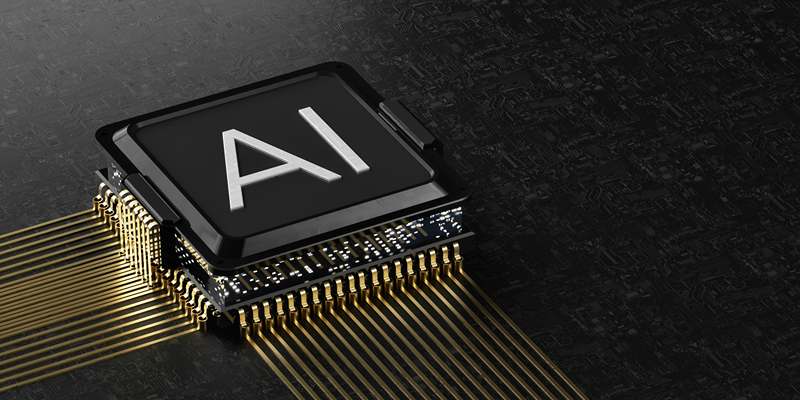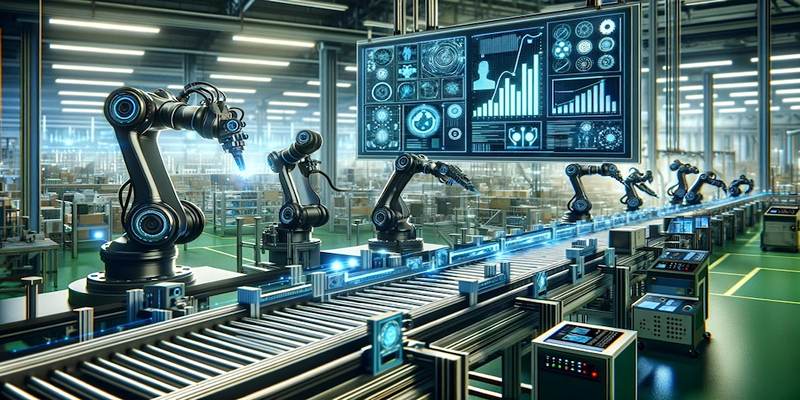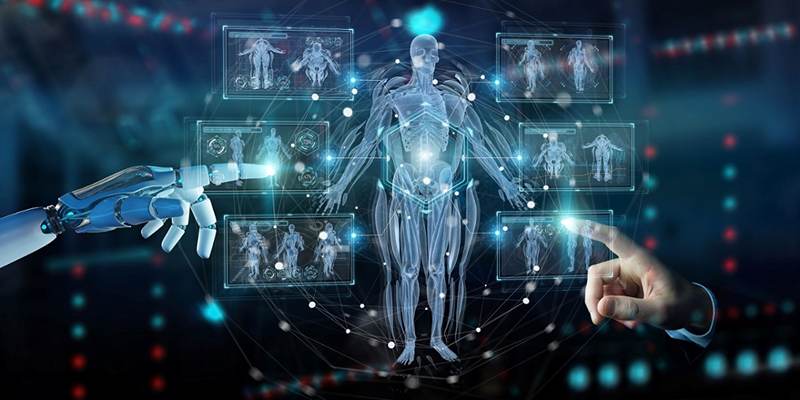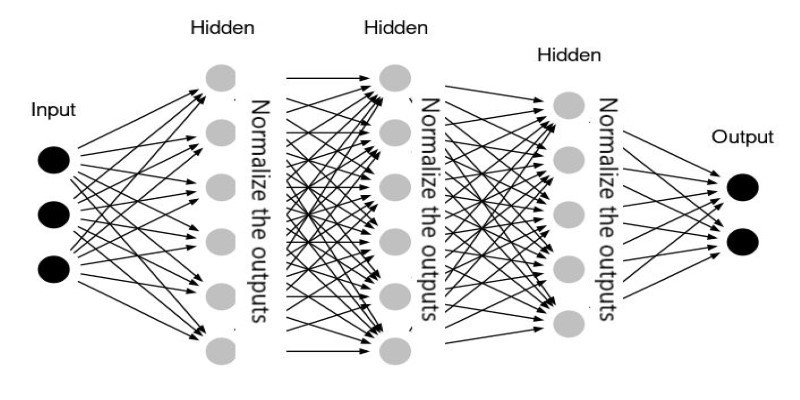The automotive industry is experiencing an innovation boom, with artificial intelligence (AI) taking center stage. One of the most exciting advancements is the use of generative design in vehicle development. This cutting-edge technology uses AI to create optimized structures, offering a new level of creativity and efficiency in car manufacturing. With generative design, vehicles can be made stronger, lighter, and more sustainable. Let’s dive into how AI is accelerating vehicle design and what it means for the future of the automotive world.
What is Generative Design?
Generative design is an AI-driven design process that allows engineers and designers to input specific goals, such as material constraints, cost, weight, and structural requirements, and then let the AI generate various design alternatives. Unlike traditional design processes, where engineers start with a basic framework and make modifications, generative design enables AI to explore all possible configurations to achieve the best result.
In the context of vehicles, generative design can be used for various components, from chassis to engine parts and even entire vehicle frames. The process uses algorithms to create thousands of design options, which are then tested virtually for performance, durability, and safety.
How AI is Revolutionizing Vehicle Design
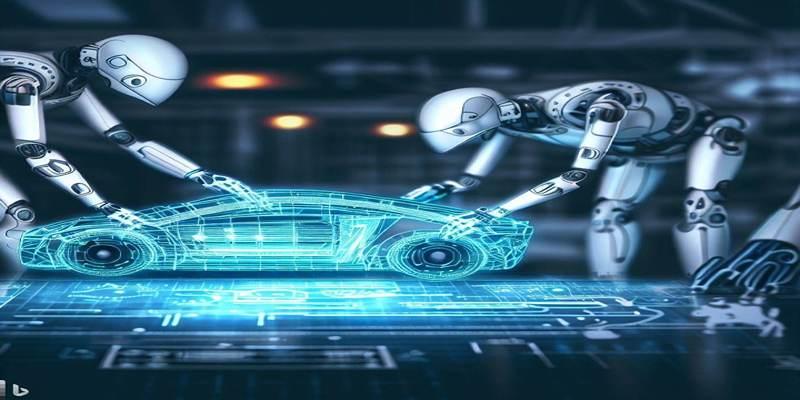
AI is changing the way cars are made in a number of important ways, which is great for both makers and customers.
Optimized Performance and Efficiency
Generative design powered by AI lets performance be optimized, making sure that vehicle are built to be as fuel-efficient as possible. AI can make vehicle designs that are better than traditional designs in terms of fuel economy, speed, and handling by looking at things like aerodynamics, weight distribution, and the use of materials.
With generative design, manufacturers can reduce excess weight while maintaining structural integrity, ultimately improving fuel economy and performance.
- Stronger structures: AI analyzes stress points, resulting in designs that can withstand extreme conditions.
- Lightweight designs: AI can create parts that are both strong and lightweight, reducing fuel consumption and improving handling.
Faster Prototyping and Reduced Time-to-Market
The long process of Prototyping is one of the hardest parts of designing vehicles. In the past, designers and engineers had to make many prototypes and try each one to see how well it worked. AI-powered generative design, on the other hand, lets manufacturers make digital prototypes quickly and test them digitally, which cuts down the time and cost of making physical prototypes by a large amount.
This accelerated Prototyping means that new vehicle designs can be tested and refined faster, resulting in quicker time-to-market for new models.
- Faster design iterations: AI generates multiple design alternatives quickly, enabling rapid testing and refinement.
- Cost-effective testing: Virtual simulations reduce the need for expensive physical prototypes, saving both time and money.
Creative and Complex Designs
Generative design unlocks creative potential that was previously impossible with traditional methods. AI can explore design possibilities that are beyond human imagination, offering new and innovative vehicle shapes, structures, and components.
For example, vehicle parts that would traditionally be made from multiple components can now be produced as a single, seamless structure. It reduces complexity and the number of parts, which can help with both manufacturing efficiency and assembly times.
- Intricate designs: AI can create complex geometries and structures that would be difficult or impossible to design manually.
- Unique aesthetics: Generative design allows for more futuristic and unconventional vehicle shapes that attract customers looking for cutting-edge styles.
Sustainability and Material Efficiency
As the automotive industry shifts towards sustainability, generative design is helping manufacturers reduce material waste. By optimizing designs for material efficiency, AI ensures that each component uses the minimum amount of material necessary for strength and durability. It not only saves on production costs but also minimizes the environmental impact of vehicle manufacturing.
Moreover, generative design can also suggest the use of more sustainable materials, helping companies make greener choices without compromising vehicle performance.
- Material optimization: Generative design uses less material while maintaining strength and safety standards.
- Eco-friendly options: AI suggests more sustainable materials, helping manufacturers move towards greener practices.
Real-World Applications in the Automotive Industry
Several major automotive companies have already embraced AI-powered generative design in their development processes, and the results speak for themselves.
General Motors (GM)
General Motors has been a leader in implementing generative design in its vehicle manufacturing. The company has used AI to redesign parts like the seat bracket, a critical component that traditionally had multiple parts. Using generative design, GM was able to create a seat bracket that was 40% lighter while still maintaining its strength and safety standards. This reduction in weight directly translates to better fuel efficiency and improved overall vehicle performance.
Ford
Ford has also taken advantage of AI to optimize parts of its vehicles. The automaker used generative design to develop a lightweight bracket for a vehicle’s rear seat. This AI-generated part was 44% lighter and 20% stronger than the traditional design, which helped improve fuel economy and reduce production costs.
BMW

BMW has integrated generative design into its manufacturing process to produce parts for its luxury vehicles. By reducing the weight of various components, such as the intake manifold, BMW has created a more efficient and performance-oriented vehicle while reducing material waste. This approach not only improves vehicle efficiency but also aligns with BMW’s goals of sustainability and reducing carbon emissions.
Conclusion
AI-driven generative design is revolutionizing the automotive industry by optimizing vehicle performance, reducing material waste, and speeding up the design process. With real-world applications already proving the benefits, the future of vehicle design looks brighter than ever. Whether it’s reducing the weight of parts, improving safety, or creating sustainable solutions, AI’s impact on vehicle manufacturing is undeniable. The next generation of vehicles will be smarter, more efficient, and more innovative thanks to the power of AI.





